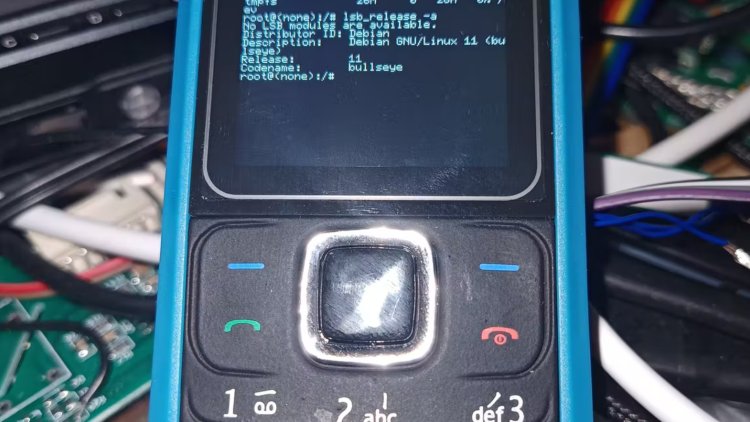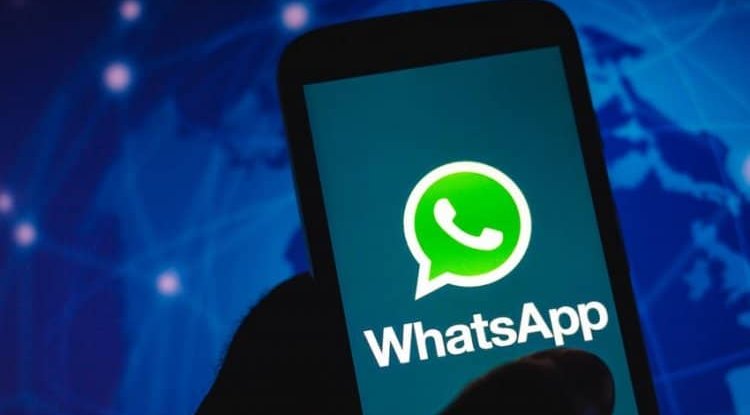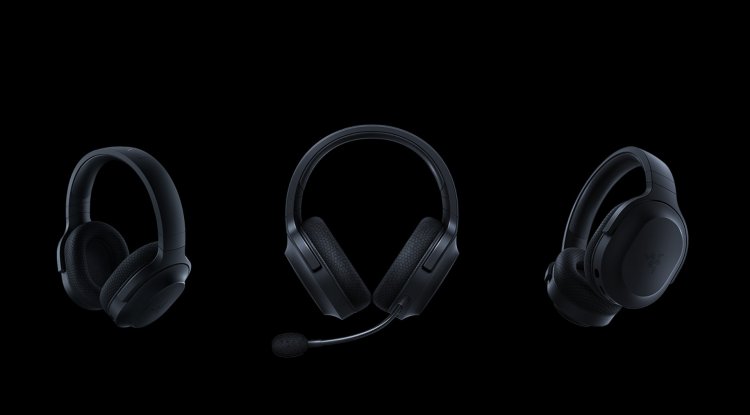Notkia is a Nokia 1680 turned into a mini-PC with Linux
There are hackers and coders who spend their time changing ordinary objects into extraordinary ones. That is the case with Remu NotMoe, who has converted a Nokia 1680 cell phone into a Linux mini-PC dubbed Notkia.

The Nokia 1680 was released in 2008 and is a relatively basic mobile phone that supports calls, text messaging, and 2G networks. The screen is modest and there is a real number pad, as expected of a traditional gadget. Its transformation into Notkia required not just rewriting the software, but also all or nearly all of its "guts."
Remu NotMoe modified the Nokia 1680 by removing the phone's original innards and replacing them with a new PCB and other components. Of course, the casing, numeric keypad, and other buttons have been kept, so the experiment retains a similar appearance to when it was a "pure" mobile.
The custom PCB incorporates an Ingenic X100E processor, which is a MIPS single-core 1GHz processor. Memory-wise, it has 64MB of RAM, 32MB of NOR flash, and 4GB of SLC NAND flash. The screen has been replaced because the original was TFT and had a resolution of 128 160 pixels, but the new one is IPS LCD with a native resolution of 240 x 320 pixels. Obviously, both must be 2 inches in size for the new screen to fit.
Notkia also has a USB Type-C port (though it is unclear whether it is 2.0 or third-generation), a Waveshare OV5640 5-megapixel camera with autofocus, a Yamaha MA-3 music synthesizer with ringtone support, a MEMS (Micro Electromechanical Systems) analog microphone, an AMPAK module with Wi-Fi 4 and Bluetooth 4.0 LE support, a Semtech SX126x LoRa transceiver, and a BL-5C battery.
Notkia runs ordinary Linux, namely Debian 11 Bullseye, but Remu NotMoe has yet to find a 4G LTE module tiny enough to fit in the device, so he can't make calls for the time being or use the phone or mobile Internet Because models that connect directly via USB Type-C are not widely available, you must connect wirelessly or use a USB Type-C to 3.5mm jack converter for headphone functionality. The mini-PC includes a GNSS module, but it has yet to be tested.
Remu NotMoe has posted detailed information about Notkia on Hackster and HackADay. The project has been submitted to Crowd Supply, a crowdsourcing service focused on funding open-source hardware. If it goes ahead, Notkia is likely to be marketed in some fashion in the future, though it is not expected to be a large product.





























